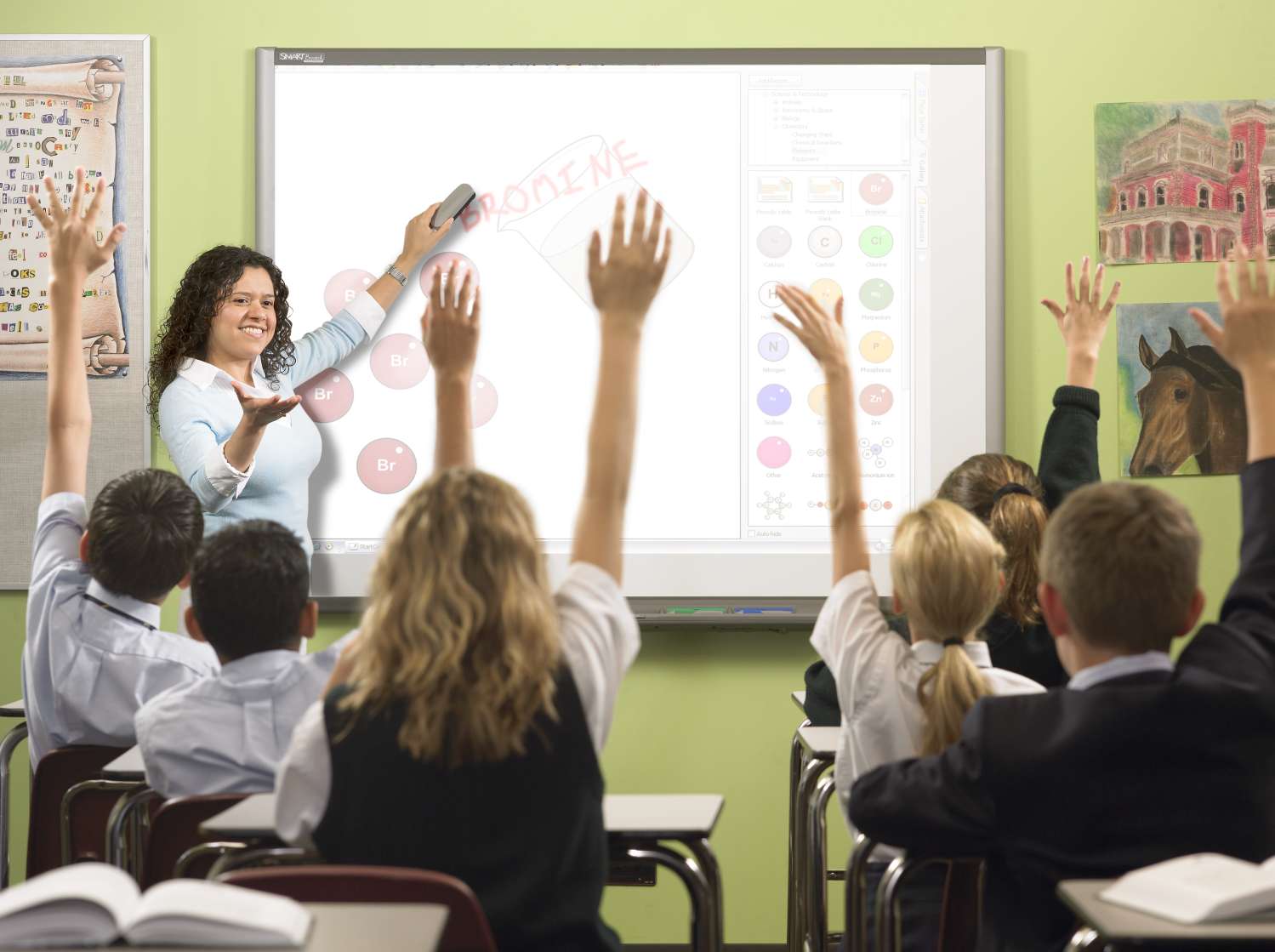The failure of Interactive Whiteboard

Smartboard (smarttech.com)
But did it really fail?
Rather, Interactive Whiteboard (IWB) is in fact a huge success from the business perspective of educational technology. Introduced in early 2000s and richly funded by educational technology industries and governments, IWB has obtained the position of ‘vital’ teaching material in many schools in the UK and the US. It attracted many investors and researchers who eagerly wanted to prove its positive impact on children’s effective learning and better achievements. A series of studies have been conducted and they statistically proved, with controversies, that IWB brought forth from children the sweet fruit of better grades.
What IWB failed to do, however, was leading the fundamental remodeling of the pedagogical horizon in 20th-century new media era, as it was expected to have. (as some called it the device of the future)
This failure was quite predictable though, when we think about it, because the Interactive Whiteboard is, in the end, a whiteboard: the teaching material(rather than a learning one) that is solely under the jurisdiction of the teacher and something that sits in front of the class, set far from the actual learners. When incorporating interactiveness of new media into effective learning, ‘interactivity’ has to occur between the learning material (media) and those who learn (user of the media), and that is the only way of true interaction. Interaction should not be proxied.
In order not to restrict the tremendous educational potential of digital media upon that which is barely more than an electronic chalkboard, I am suggesting a total turnover of the landscape of classrooms; to give every student a interface of their own, or at least one for a team of 3-5(*). Schools and other private educational institutions can benefit from this holistic/systematic change in two ways;
a) enhance achievements by promoting self-directed learning, and b) acquire direction towards more effective evaluation system through data.
First, Students of 21st century are digital natives for whom using digital media to get information is as natural as using a fork to eat. Thus they possess independent and autonomous learning styles that they prefer. (Barnes et al, 2007) The effectiveness of self-directed studies has been well proven through many pedagogical studies across time. Interactive media device given to each student, most probably connected with web, will make vast resources of information available at hand and with appropriate and engaging interface, will align with the intrinsic habits of digital natives; scavenging for information.
Second, by guiding students to proactively learn with individual interactive devices that can preferably traverse school to home, educational institutions can collect extensive amount of objective data on how students learn. Currently teachers and schools depend their evaluation of students’ achievement on examinations. However it is not only easier but also makes more sense to look into the orderly advancements or procedures of learning, in order to spot each student’s problems or excellency than to stare at the exam results, which are often too ephemeral to embrace numerous variables in the courses of learning. The cofounder of Coursera, Daphne Koller said in her TED talk in 2012 that:
“(With data) You can turn human learning from hypothesis-driven mode to data-driven mode, a transformation that for example has revolutionized biology.”
Automatically created and collected data about each and every students will enable teachers to better mentor them with personalized information and furthermore, schools will be able to devise more effective education models based on accumulated data.
To add, there are other aspects that we must explore prior to implementing fundamental change of pedagogy to a new form in order to secure optimum impact including; subject of education(which subjects are learned better with interactive media and what not); student demographics ( adult or child education, where capability of self-direction can differ); place of education(at school or at home). In accordance with these variations, the degree of implement and what form of interface will be effective should be determined.
Note
(*) Effectiveness and importance of group learning in education using media, mainly due to its possibility of feedback and discussions among team members, is well described in the following TED talk:
References and further information
G. Moss, C. Jewitt, R. Levaãiç, V. Armstrong, A. Cardini and F. Castle, “The Interactive Whiteboards, Pedagogyand Pupil Performance Evaluation: An Evaluation of the Schools Whiteboard Expansion (SWE) Project: London Challenge”, Institute of Education, 2007
S. McCrummen, “Some educators question if whiteboards, other high-tech tools raise achievement”, Washington Post, 2010
K. Barnes, R. Marateo, and S. Ferris, “Teaching and Learning with the Net Generation”, Innovate, 2007
B. Taylor, Self-Directed Learning: Revisiting an Idea Most Appropriate for Middle School Students. Paper presented at the Combined Meeting of the Great Lakes and Southeast International Reading Association, Nashville, TN, Nov 11-15. [ED 395 287], 1995